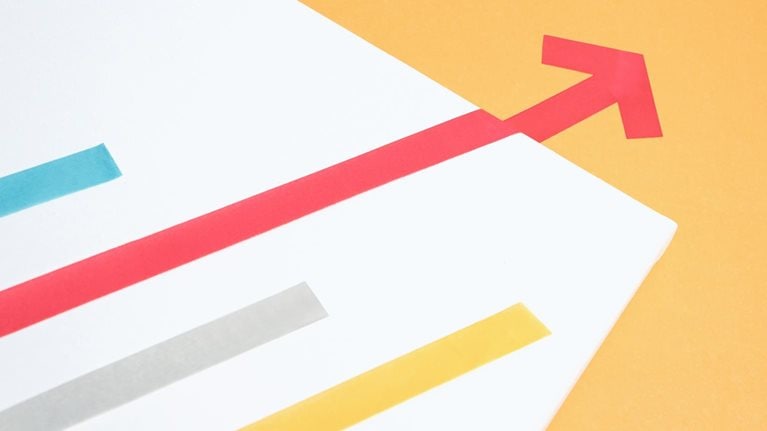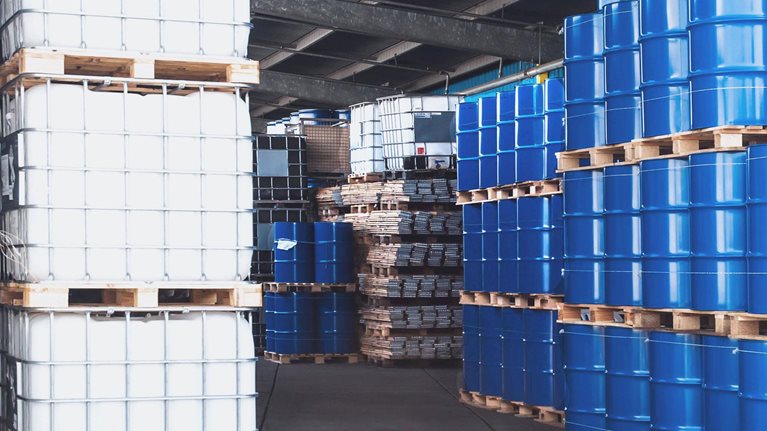Over the past year, the COVID-19 pandemic has taken a significant toll on commodities markets, affecting employees and stakeholders alike. In the past year, the price of crude oil has been on a roller-coaster ride, dropping by 50 percent and doubling back to its starting point. We also observed high levels of volatility in commodities such as lumber, which in an eight-month period saw a 90 percent price increase followed by a 30 percent decrease and a subsequent return to peak.
The chemical industry is no exception, with plastics prices in North America having doubled earlier this year. As a result, extraordinary demands have been placed on industry leaders to respond to the pandemic, both in terms of cutting costs and meeting increased demand, with multiple plastics players reporting record quarterly volumes in 2020.
The massive scale of the pandemic and the related level of market uncertainty have made determining the next steps difficult. According to McKinsey research, companies that build resilience are better able to steer their own destiny while facing headwinds and unforeseen disruptions.
Cash resilience is one of the pillars chemical companies will need to lean on to survive. Doing so begins with cutting costs of raw materials. The large share of cost combined with exposure to commodity volatility makes raw-materials procurement an outsize driver of value. By taking a closer look at the execution of direct procurement, the operations supply chain, and optimal logistics, category managers can pull 11 key levers to help reduce direct materials costs (exhibit).

The right combination of levers can be determined based on the individual needs of the organization. On this point, cost reductions are primarily determined by the following three areas of focus:
- Cost of goods sold. One phenolic-resins player, based in the United States, reduced the cost of two of its most important raw materials by 7 and 9 percent by improving end-to-end cost transparency (total landed cost) and enhancing the fact base to support negotiations as well as its contracting strategies.
- Selling, general, and administrative expenses. Several leading players across the chemical value chain have significantly improved performance through digital tail-spend management (approximately 8 to 10 percent on addressable tail spend) without significant added costs or complexity.
- Net working capital. A specialty chemical and formulation player drove a year-over-year margin improvement of 6 to 8 percent in its oil field service and equipment portfolio through complexity reduction.
These 11 sources of value levers act directly on raw-materials cost drivers and enhance companies’ ROIC—for instance, buying at the right time, finding the right product from the right supplier to improve supply-network efficiency, and reducing material-delivered cost. Comprehensive procurement transformations that incorporate a range of the above levers can deliver 3 to 5 percent improvement while building the capabilities needed to sustain performance over time.
Our return on experience on these levers highlights the need to onboard key skills and capabilities, such as financial, technical, or even data science, to drive financial performance and build resilience. Furthermore, change-management support is essential because, in most cases, operations and company culture will need to be transformed.


